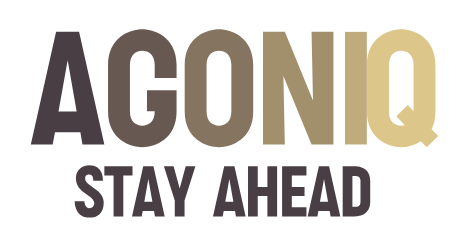Remote collaboration has become increasingly important as more companies adopt remote work policies. According to a study by Gartner, 88% of organizations worldwide made it mandatory or encouraged their employees to work from home due to the COVID-19 pandemic. With this shift, it’s essential to understand the best practices for remote collaboration to ensure productivity and job satisfaction. In this guide, we’ll provide a comprehensive overview of the best practices for mastering remote collaboration.
The Benefits of Remote Collaboration
Remote collaboration offers many benefits, including increased flexibility, reduced costs, and access to a global talent pool. According to a study by FlexJobs, remote work has grown 44% over the last five years, and 91% of remote workers feel they’re more productive when working remotely. Remote collaboration can also lead to reduced costs for both employers and employees, as well as a better work-life balance.
The Challenges of Remote Collaboration
Despite its benefits, remote collaboration also comes with its own set of challenges. According to a study by Buffer, the top challenges of remote work include communication difficulties, time zone differences, and the lack of face-to-face interaction. These challenges can lead to decreased productivity and job satisfaction.
Best Practices for Remote Collaboration
To overcome these challenges, it’s essential to follow best practices for remote collaboration. These include setting clear expectations, using the right tools, and fostering a sense of community. For example, setting clear expectations can help ensure that everyone is on the same page and knows what is expected of them. Using the right tools, such as video conferencing and project management software, can help facilitate communication and collaboration. Fostering a sense of community can help build trust and relationships among remote team members.
Tools for Remote Collaboration
There are many tools available for remote collaboration, including video conferencing, project management software, and instant messaging. Some of the most popular tools include Zoom, Slack, and Trello. These tools offer a range of features and benefits, such as screen sharing, file sharing, and real-time collaboration.
Tips for Effective Remote Communication
Effective communication is key to successful remote collaboration. To communicate effectively, it’s essential to use clear and concise language, be responsive, and use visual aids. For example, using clear and concise language can help ensure that everyone understands the message. Being responsive can help build trust and relationships among remote team members. Using visual aids, such as diagrams and charts, can help convey complex information more effectively.
Strategies for Building a Remote Team
Building a remote team requires a different approach than building a traditional team. Strategies for building a remote team include hiring the right people, setting clear goals, and fostering a sense of community. For example, hiring the right people can help ensure that they have the necessary skills and are a good fit for the team. Setting clear goals can help provide direction and focus. Fostering a sense of community can help build trust and relationships among remote team members.
FAQs
What are the benefits of remote collaboration?
Remote collaboration offers many benefits, including increased flexibility, reduced costs, and access to a global talent pool.
What are the challenges of remote collaboration?
The challenges of remote collaboration include communication difficulties, time zone differences, and the lack of face-to-face interaction.
What are the best practices for remote collaboration?
The best practices for remote collaboration include setting clear expectations, using the right tools, and fostering a sense of community.
What tools can be used for remote collaboration?
Tools for remote collaboration include video conferencing, project management software, and instant messaging.
How can communication be improved in remote collaboration?
Effective communication can be improved by using clear and concise language, being responsive, and using visual aids.
How can a remote team be built?
Building a remote team requires a different approach than building a traditional team, including hiring the right people, setting clear goals, and fostering a sense of community.
What are the most popular tools for remote collaboration?
Some of the most popular tools for remote collaboration include Zoom, Slack, and Trello.
How can remote workers avoid burnout?
Remote workers can avoid burnout by establishing clear boundaries and expectations, creating great onboarding experiences with documentation, and celebrating wins as a team.
How can remote teams build trust and relationships?
Remote teams can build trust and relationships by using clear and concise language, being responsive, using visual aids, and fostering a sense of community.
How can remote teams stay productive and engaged?
Remote teams can stay productive and engaged by setting clear expectations, using the right tools, and fostering a sense of community.
Conclusion
Remote collaboration is an important and relevant topic in today’s world. By following best practices, using the right tools, and communicating effectively, remote collaboration can lead to increased productivity, reduced costs, and access to a global talent pool. We encourage readers to implement the best practices and strategies discussed in this guide and share their own experiences and insights on remote collaboration.






Leave a Reply